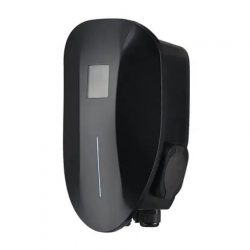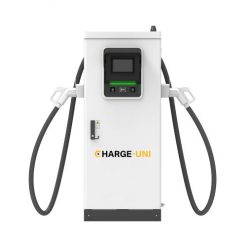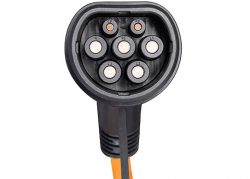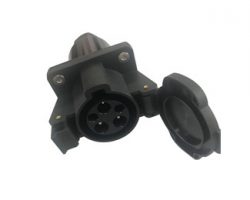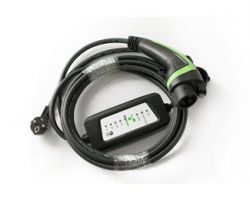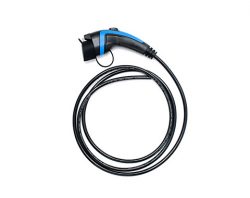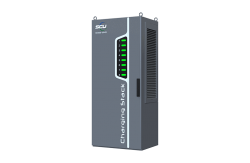EV Charging Connector
EV Charging Connector
The charging plug in another word is the charging interface of the electric vehicle. This EV charging connector is classified into DC charging and AC charging interface according to the current and voltage. And the difference between AC charging connector and DC charging connector is shown below.
EV Charging Connector Types
AC Charging Connector
GB/T Charging Connector
IEC 62196-2 Charging Connector
SAE J1772 Charging Connector
AC Charging Connector
The usage of AC charging plug is to supply power to the vehicle charger with low-speed charging. The environment of use is usually at home, work places and destination.
DC Charging Connector
DC charging plug is used to charge the battery with fast charging technology. The feature of DC charging plug is stable, high voltage, high current, and it comes with temperature protection device.
How does an EV Charging Connector Work?
Household AC slow charging is based on the current residential power supply system (using single-phase 220V or three-phase 480V) and uses a charger of 5-22kW power range. OBC will convert household AC to DC so as to charge the battery of the car.
Differences Between Type 1 And Type 2 Ev Charging Connectors
The difference in appearance is the number of jacks. The American standard AC is usually five holes, and the European standard is seven holes.
EV Charging Connector Advantages
Conform to the global regulation standard, to ensure the safety connection between charging plug and station.
Meet the ergonomic design, friendly to users
Apply rubber material with better friction.
















